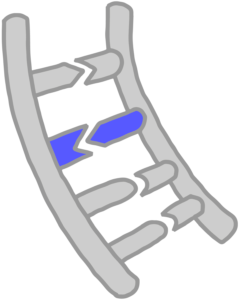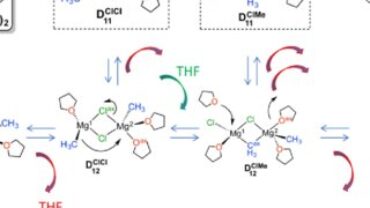Base pairing
base pairing The specific association between two complementary strands of nucleic acids that results from the formation of hydrogen bonds between the base components (adenine [A], guanine [G], thymine [T], cytosine [C], uracil [U] of the nucleotides of each strand (the lines indicate the number of hydrogen bonds):
A=T and G
C in DNA, A=U and G
C (and in some cases GU) in RNA
single-stranded nucleic acid molecules can adopt a partially double-stranded structure through intrastrand base pairing.
base-pair substitution
base-pair substitution There are two main types of mutations within a gene: base-pair substitutions and base-pair insertions or deletions. A base-pair substitution is a point mutation; it is the replacement of one nucleotide and its partner from the complementary deoxyribonucleic acid (DNA) strand with another pair of nucleotides. Bases are one of five compounds—adenine, guanine, cytosine, thymine, and uracil—that form the genetic code in DNA and ribonucleic acid (RNA).





